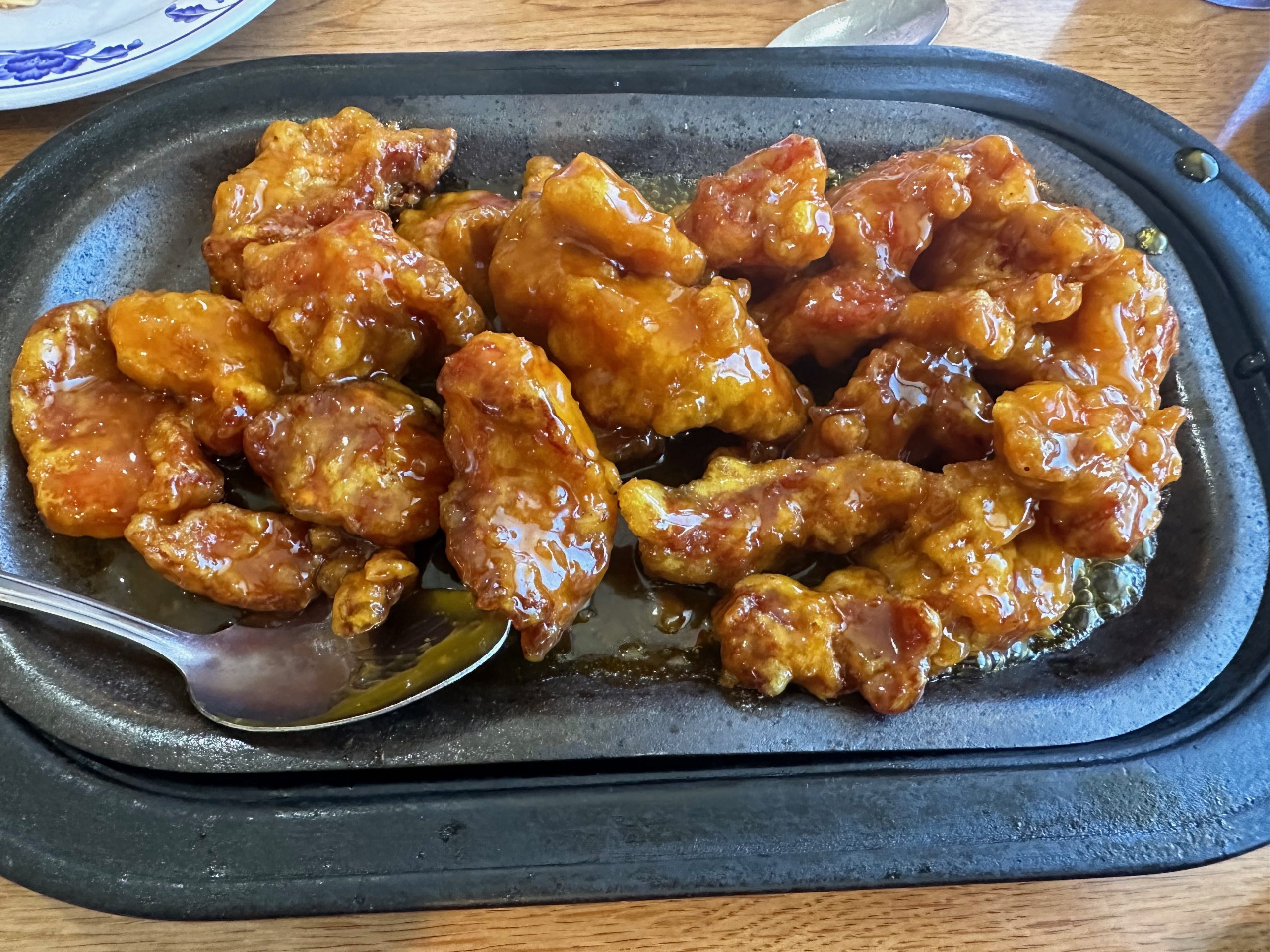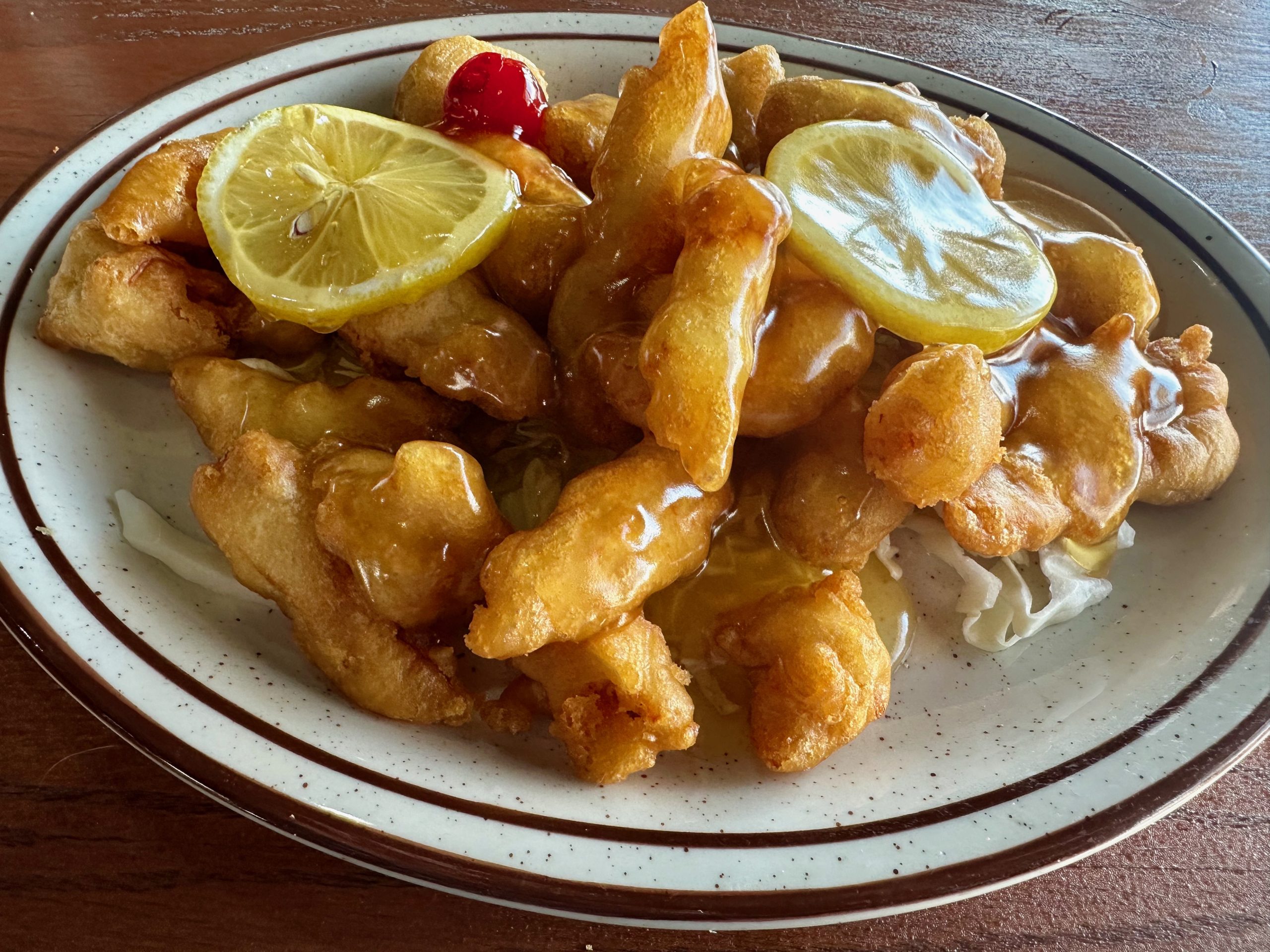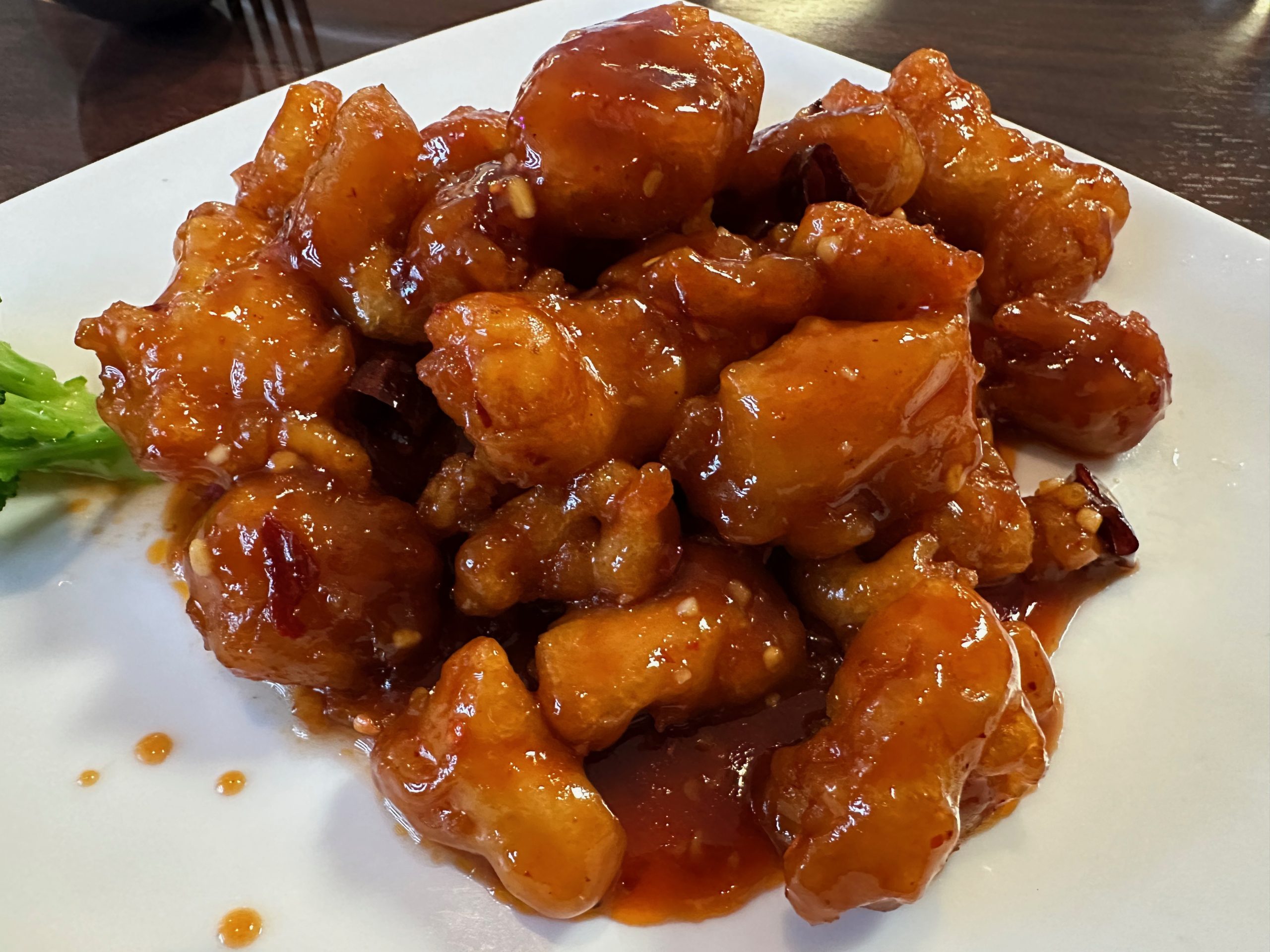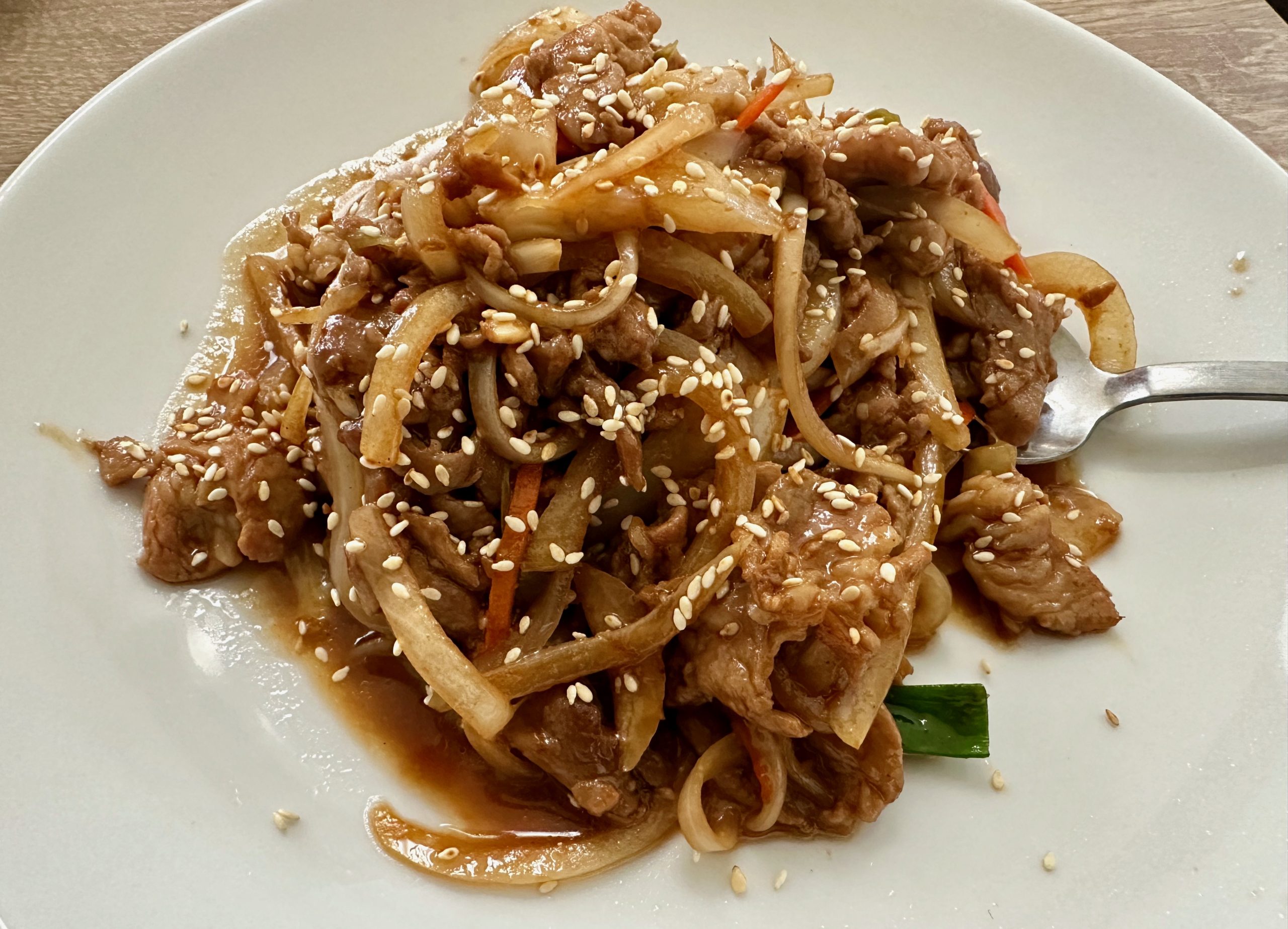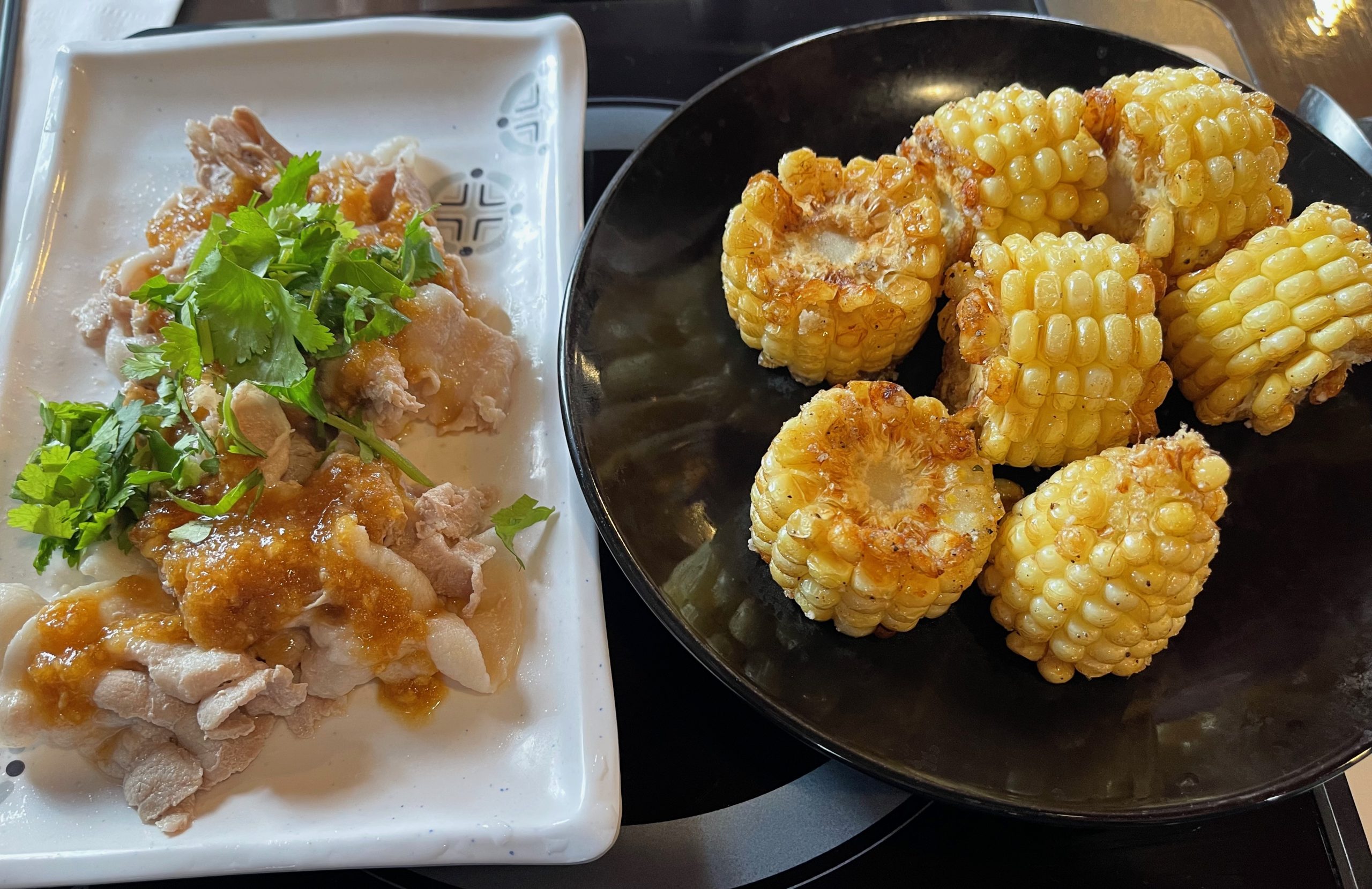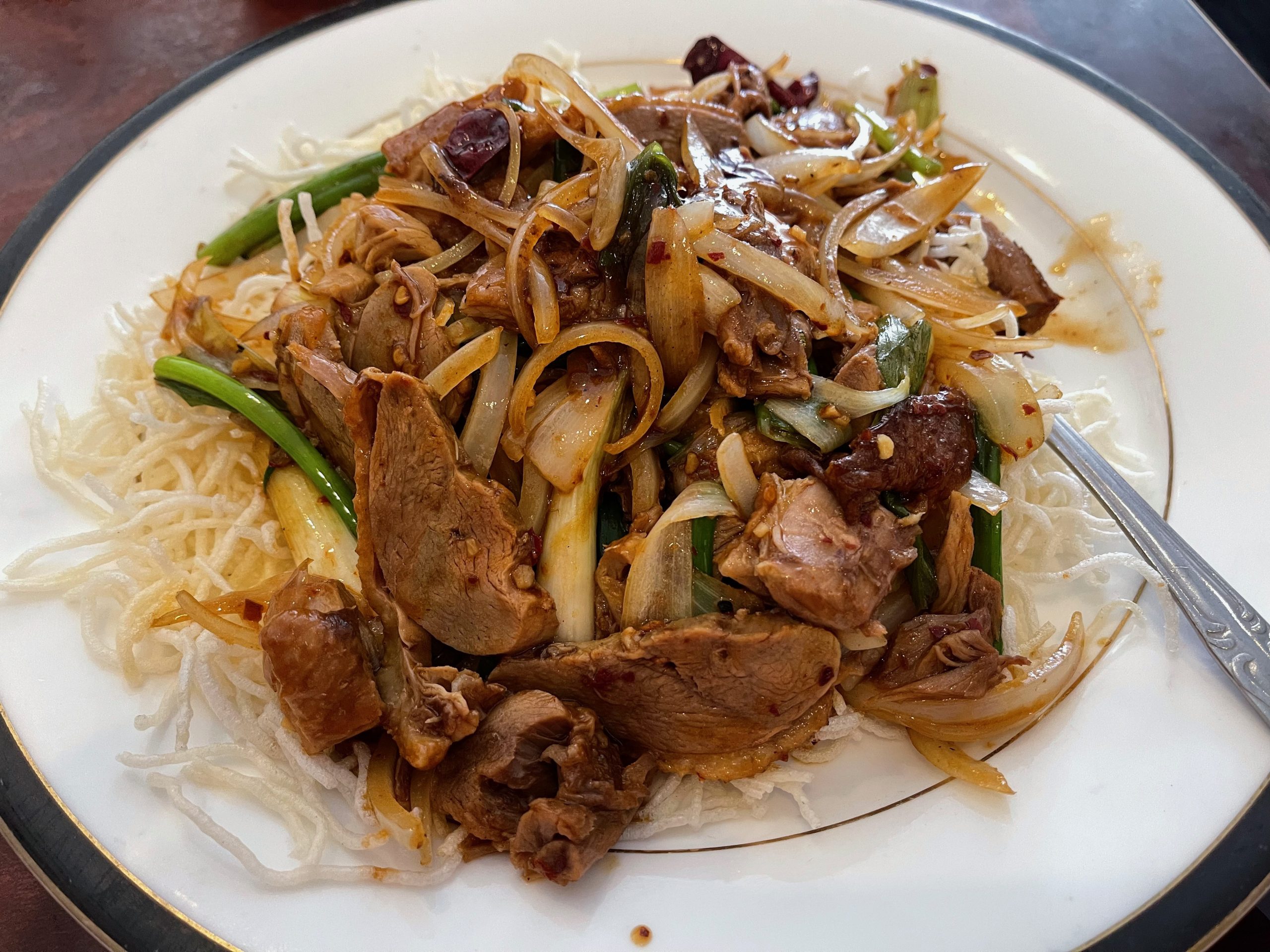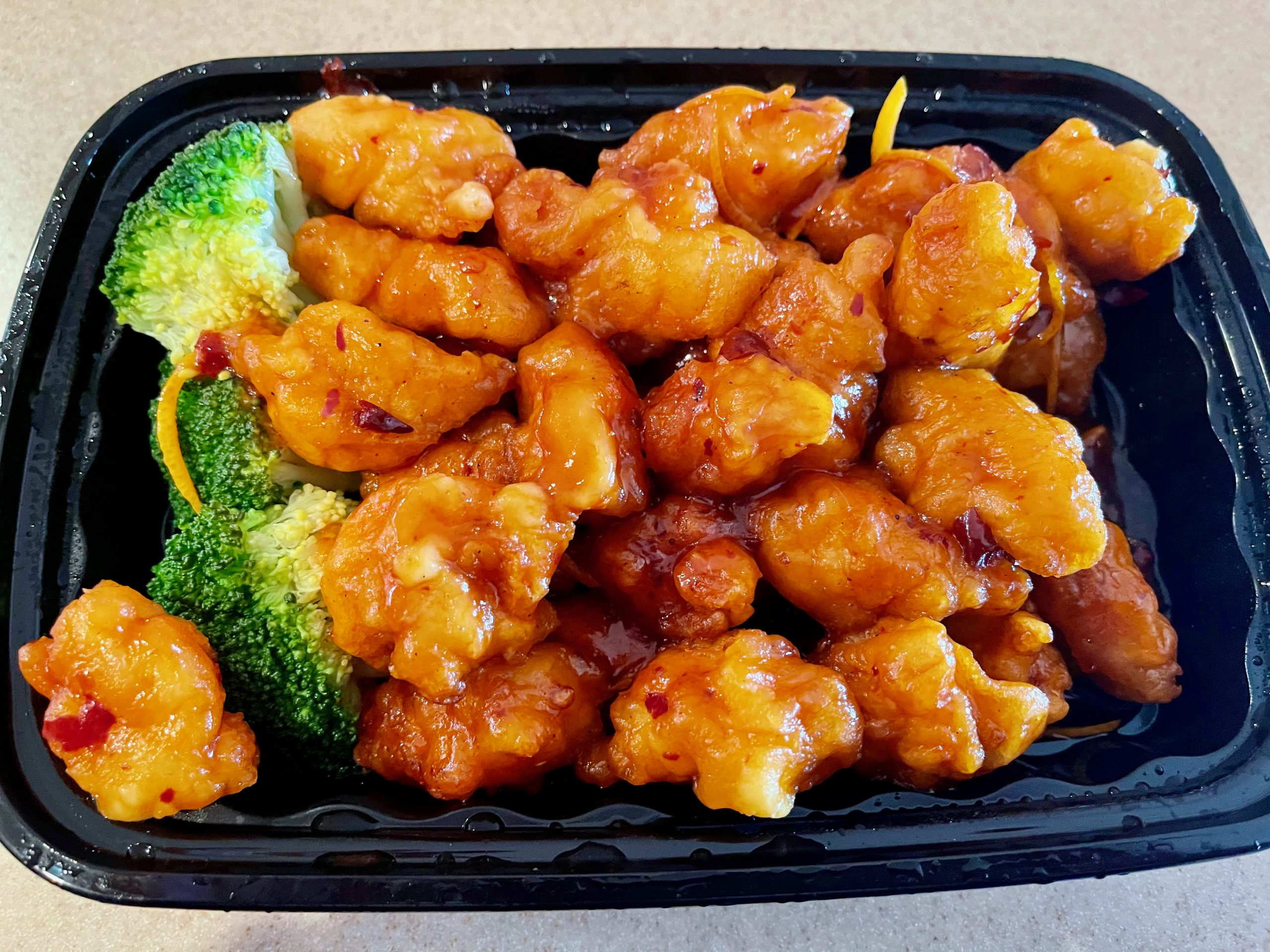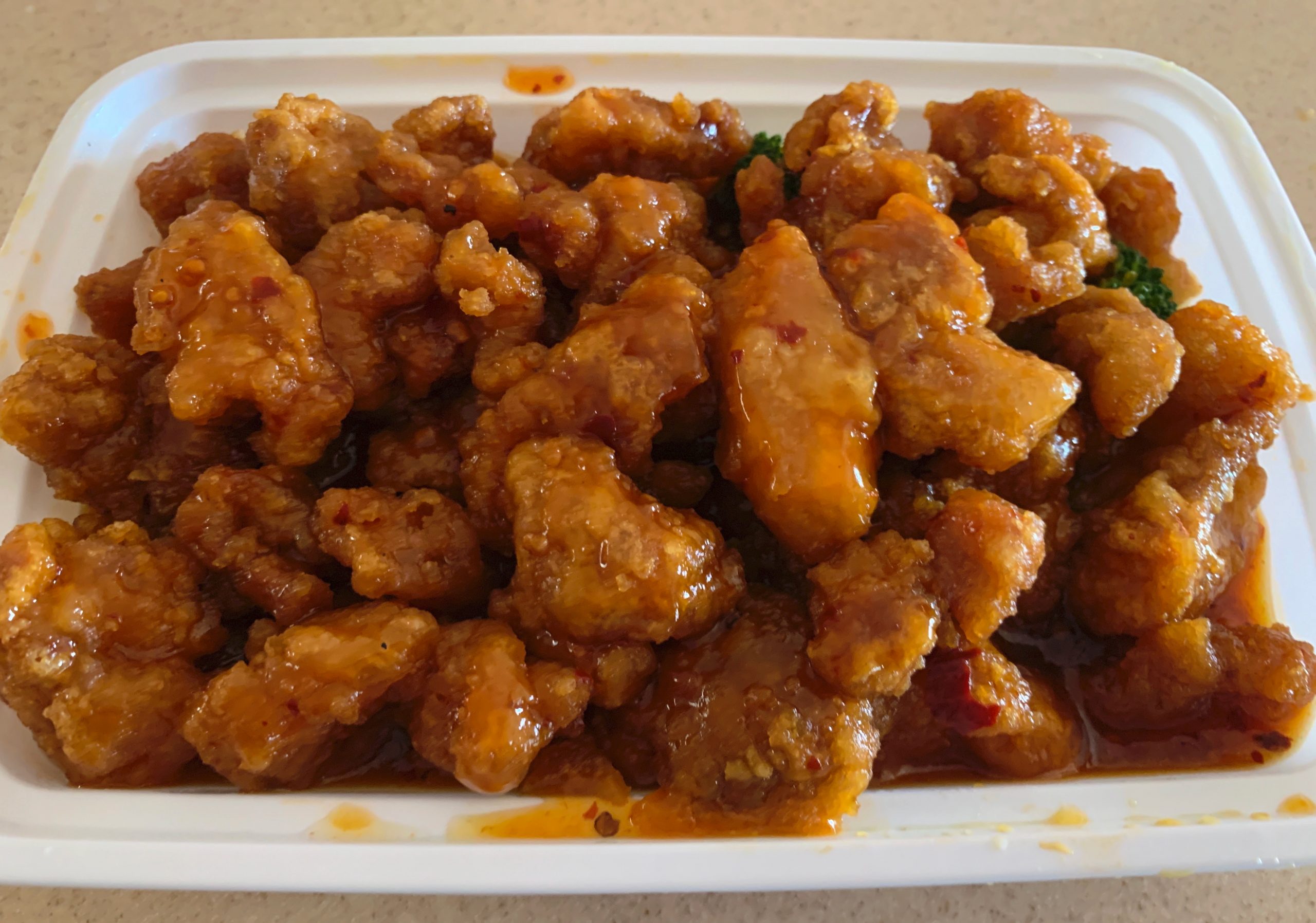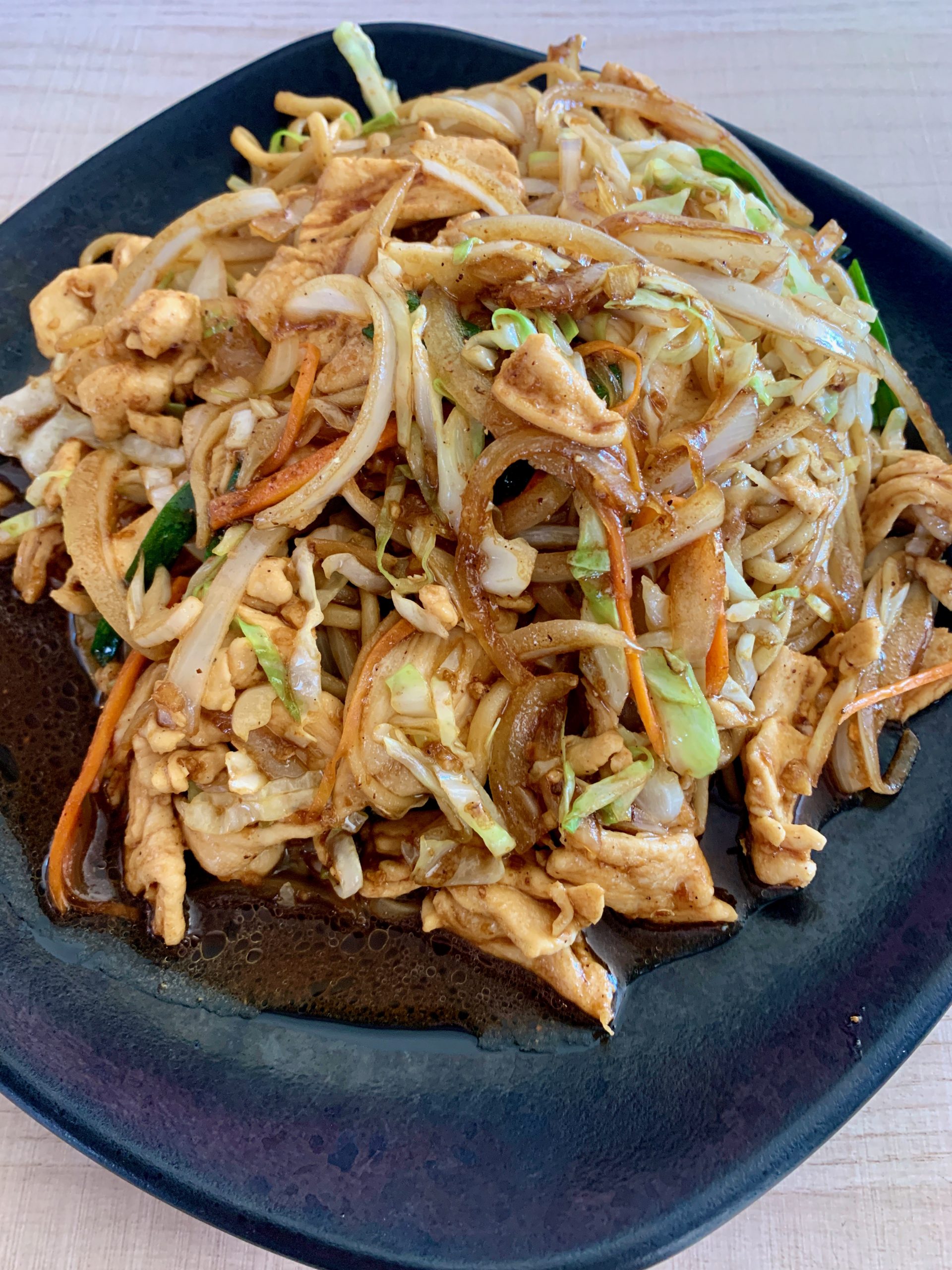East Ocean Chinese & Seafood – Albuquerque, New Mexico
In 2022, Freddie Wong posted a TikTok video that went viral on several social media platforms. In the video, Wong, purports to find the most “authentic” Chinese food by utilizing restaurant review website Yelp in a unique way. “The easiest way to find authentic Chinese food, assuming you’re living in a major metropolitan area, is to go on Yelp and to look for restaurants with three-and-a-half stars,” declared Wong in his TikTok video, which garnered an astonishing 7.2 million views in only two days. “Exactly three and a half, not three, not four. Three-and-a-half stars is a sweet spot for authentic Chinese food.” Again, the assumption is based on living in a major metropolitan area where there are a preponderance…
